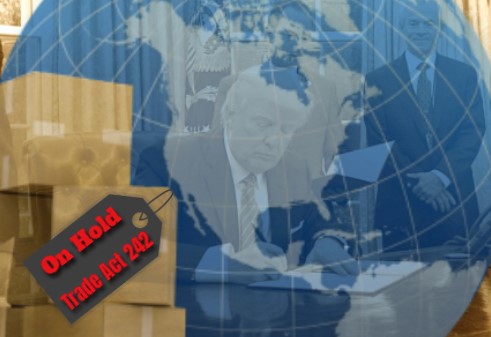
There have been strong suggestions as of late, that the United States Federal Government may place restrictions on the importation of fairly-traded components and finished goods under Trade Section 232 including additional tariffs on steel exports. President Trump has also stated that a possible crackdown on imported steel for national security reasons is still in the works.
These regulations, stemming from Trade Section 232, are intended to relieve the pressure felt by the United States steel manufactures by decreasing the reliance on imported steel and to place a tariff on those steel goods that are imported into the United States.
One must also consider the effect these potential regulations could have on the trade industry as a whole, and what, if any, drawbacks would be if these regulations were put in place. We can safely say that one potential drawback would take shape as it did in 2002 when President George W. Bush placed similar regulations on steel imports and ultimately had to withdraw those same regulations after considerable backlash from the World Trade Organization, which currently controls 98% of world trade.
With that being said, Trump has considered leaving the WTO despite the fact that the United States was heavily involved in the original creation of said organization, but has yet to make a decision on this matter.
As Jeffrey J. Schott, senior fellow at the Peterson Institute for International Economics said, “One of the major risks of leaving the WTO would be the loss of ‘most-favored nation’ (MFN) rights in 163 countries; other exporters could replace some of US exports in those markets,” adding that “this would mean job losses in America’s most competitive and profitable companies.”
For instance, Canada is currently the largest source of steel imports to the United States, providing 17 percent of all steel consumption. Canada’s Foreign Affairs Minister Chrystia Freeland has expressed deep concerns to Trump’s administration officials and U.S. lawmakers and warning that tariffs on steel exports could deeply harm the economy in both countries (United States and Canada), having an overwhelmingly negative consequence than is intended.
One cannot estimate the real-world effect new regulations would have on the industry, nor can we ascertain whether or not these regulations would have their intended consequence of reviving the United States steel manufacturing industry, but we can gather that this is a matter that deserves deep consideration and consultation as to not repeat past failures before a final decision can be made.





